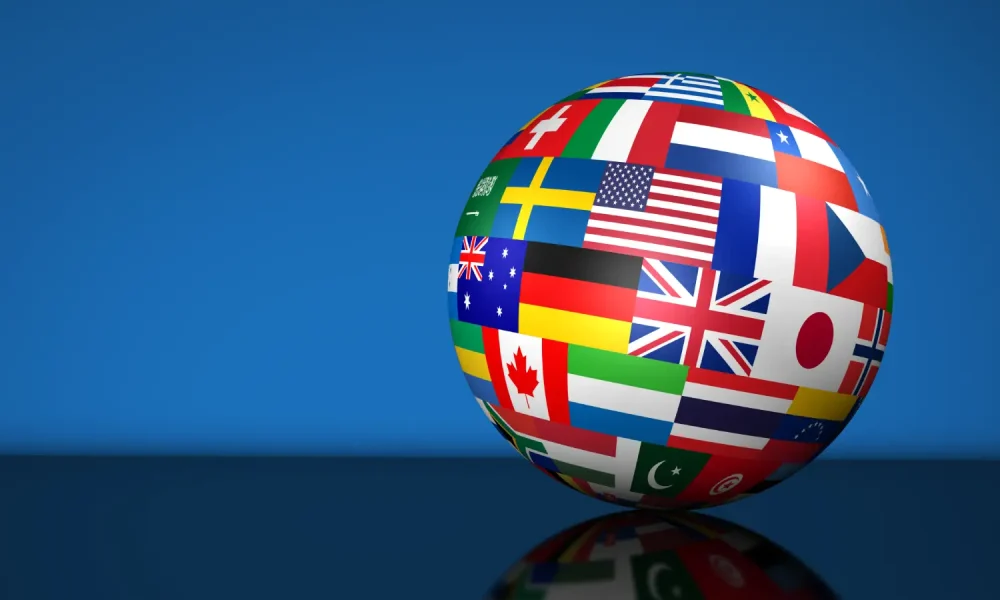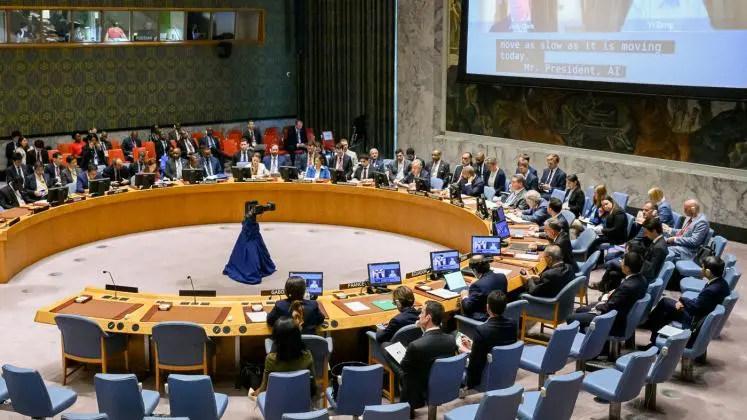Abstract
In a world marked by increasing geopolitical complexity, policymakers face the urgent task of anticipating crises and crafting effective responses. Geopolitical data modeling has emerged as a powerful tool bridging academic theory and real-world decision-making. This article explores how data-driven approaches move from conflict prediction to policy design, examining methodological foundations, theoretical debates, practical applications, and case studies across regions. It argues that while data modeling enhances foresight and policy effectiveness, challenges of bias, ethics, and governance remain critical to its responsible use.
Problem Statement: Why Model Geopolitics?
International relations in the twenty-first century are shaped by:
- Multipolar competition (U.S.-China rivalry, resurgence of Russia).
- Complex global threats (climate change, cyberwarfare, pandemics).
- Non-state actors influencing security (terrorist networks, multinational corporations, activist groups).
Traditional diplomacy and intelligence often react to events rather than anticipate them. In contrast, geopolitical data modeling seeks to:
- Detect signals of instability before they escalate.
- Test the potential outcomes of policy options.
- Optimize resource allocation for peacekeeping, humanitarian aid, and sanctions.
In short: data modeling promises to transform prediction into prevention and analysis into action.
Tools and Approaches
1. Predictive Modeling for Conflict
- Statistical forecasting: Uses historical datasets (e.g., Polity, Correlates of War).
- Machine learning: Identifies nonlinear patterns missed by traditional regression.
- Early warning indicators: Troop movements, refugee flows, online hate speech.
2. Simulation for Policy Design
- Agent-Based Modeling (ABM): Simulates interactions of states, groups, or individuals.
- Scenario planning: Generates alternative futures (optimistic, pessimistic, status quo).
- Network analysis: Reveals alliance structures, trade dependencies, and influence patterns.
3. Data Sources
| Category | Examples | Application in Policy |
|---|---|---|
| Political | Election data, regime type | Predict instability |
| Economic | Trade flows, sanctions records | Assess impact of policy |
| Social | Social media sentiment, migration stats | Monitor unrest |
| Environmental | Climate data, resource scarcity | Anticipate conflicts |
| Military | Satellite imagery, troop deployments | Track escalation |
Theoretical vs. Practical Perspectives

The Academic Lens
- Realists use modeling to measure power shifts.
- Liberals emphasize institutions and cooperation, tested via treaty participation data.
- Constructivists question whether modeling can capture norms and identities.
The Practitioner’s Lens
- Policymakers demand actionable intelligence, not abstract theory.
- For them, the key questions are:
- Where will conflict erupt?
- Which policy lever—sanctions, aid, diplomacy—works best?
- How do we minimize unintended consequences?
Bridging these two lenses remains an ongoing challenge.
Comparative Case Studies
Case 1: Early Warning in East Africa
- Method: Machine learning models combining economic and climate data.
- Outcome: Forecasted food insecurity and potential unrest in Ethiopia.
- Policy Use: Informed UN humanitarian aid allocation, reducing escalation risks.
Case 2: Sanctions on Iran
- Method: Trade network modeling.
- Outcome: Revealed how sanctions rerouted Iranian exports through informal channels.
- Policy Use: Helped policymakers refine sanctions to target vulnerabilities without harming humanitarian trade.
Case 3: Russia–Ukraine Conflict (2022– )
- Method: Geospatial analysis of troop movements + open-source intelligence (OSINT).
- Outcome: Provided early warnings of invasion scenarios.
- Policy Use: Enabled NATO states to pre-position troops and coordinate sanctions in advance.
Case 4: Social Media in Latin America
- Method: Natural language processing of online discourse.
- Outcome: Identified rising anti-government sentiment in Chile before mass protests.
- Policy Use: Provided domestic governments with options for dialogue before escalation (though often ignored).
Benefits of Geopolitical Data Modeling
- Timeliness: Converts raw data into early warning signals.
- Scenario Testing: Allows policymakers to simulate outcomes before committing.
- Resource Efficiency: Directs aid and military resources where risk is highest.
- Transparency: Data-driven models offer replicable frameworks, reducing guesswork.
- Integration: Encourages collaboration between governments, academia, and private sector.
Challenges and Risks
1. Bias and Blind Spots
- Historical data often reflects Western-centric perspectives.
- Underreporting in fragile states leads to skewed predictions.
2. Black-Box Algorithms
- Machine learning may give predictions without explanations.
- Policymakers risk following opaque models blindly.
3. Ethical Concerns
- Predictive labels (e.g., “high-risk state”) can stigmatize nations.
- Surveillance-heavy data collection may infringe human rights.
4. Policy-Model Gap
- Sophisticated models are not always accessible or understandable to decision-makers.
- Political agendas may cherry-pick results to justify predetermined policies.
Scenario-Based Outlook
To illustrate possible futures, consider three global scenarios for 2035:
- Optimistic Scenario – Data-Informed Peacebuilding
- AI-driven early warning systems prevent 70% of civil wars.
- International institutions adopt shared modeling platforms.
- Policy design becomes proactive, reducing humanitarian crises.
- Status Quo Scenario – Selective Adoption
- Leading powers (U.S., China, EU) integrate data modeling, while weaker states lag.
- Global inequalities persist, but targeted interventions succeed in limited cases.
- Pessimistic Scenario – Weaponization of Modeling
- Authoritarian regimes use predictive analytics to suppress dissent.
- Data manipulation fuels propaganda and strategic deception.
- Policy design becomes a tool of control rather than peace.
Policy Recommendations
Based on current trends, five recommendations emerge:
- Invest in Data Infrastructure: Support open-source, reliable geopolitical datasets.
- Enhance Transparency: Require explainable AI for critical geopolitical models.
- Build Capacity in the Global South: Avoid a new digital divide in conflict prediction.
- Promote Ethical Standards: Establish international norms for responsible modeling.
- Integrate Modeling with Human Expertise: Data should inform—not replace—diplomatic judgment.
Conclusion
Geopolitical data modeling represents a paradigm shift: from explaining international relations retrospectively to predicting conflict and designing policy proactively. It transforms how scholars, governments, and international organizations engage with global affairs. Yet its power brings risks: bias, opacity, and ethical misuse.
The challenge ahead is to ensure that these tools serve not only the interests of powerful states but also the broader goal of global peace and justice. If harnessed responsibly, data modeling could mark a turning point where global governance becomes less about reacting to crises and more about shaping a sustainable, cooperative future.
















































